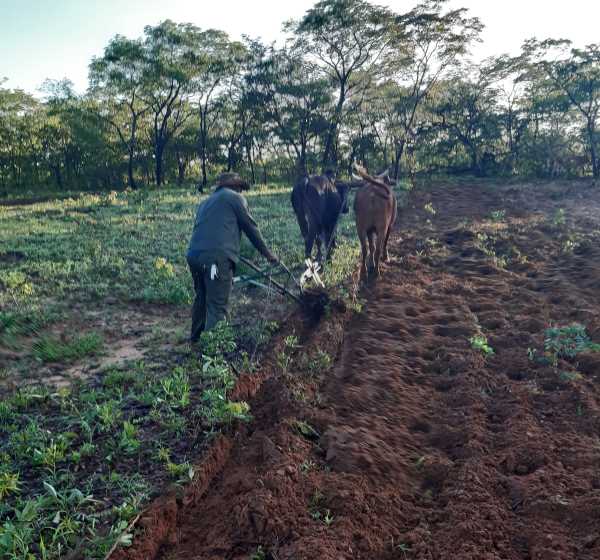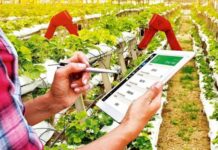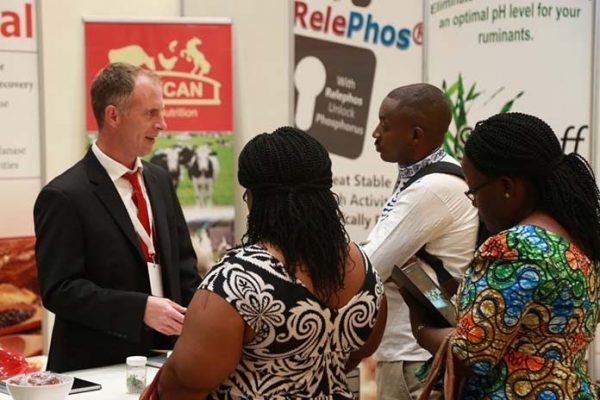By Innocent Mhangarai
Agriculture and rural development are faced with various challenges and these have continued from one generation to another. One of the major challenges associated with agriculture and rural development is narrowing the gap that exists between what is known and what is done or put into practice. In most cases farmers practice farming and construes it as they are doing farming as a business. One of the critical questions to ask farmers is do they practice what they know or do they know what they are practicing ? As an outcome, most interventions in agricultural and rural development have realized worrying achievements. Therefore, scheming operative ways of converting knowledge into performances is one of the actions that farmers ought to be invigorated to implement.
Revitalizing rival bases of information
Formal knowledge structures underlines evidence that is congregated through formal research procedures, smallholder farmers and agro dealers and other relevant stakeholders are exposed to varied rival sources of data and information. Through capacitation, education and well as look and learn outings, farmers give the impression of being cognizant that there is a line between crop and livestock explorations and these are sovereign of each other. As an upshot, the mainstream of small holder farmers who do integrated crop and livestock production states that they are not getting pleasing answers as findings are independent of each other.
Nevertheless, it is significant to note that formal and informal investigations disclose the merits and demerits of many agricultural innovations and practices such as artificial insemination, climate smart farming and contract farming among others. However, the absence of tangible ripostes pertaining what works better for them demonstrates paradoxes which smallholder farmers frequently repeat around and merge with their indigenous knowledge.
Refining storage facilities
Small quantities of supplies produced by smallholder farmers brands it cost effective to make the most and invest in storage facilities. The majority of farmers keep their produce in verandas, unoccupied rooms, roof tops and also at the back of their houses. As a result, commodities that are stored in this manner are not ideal for the market as they are exposed to soiling among other factors. Furthermore, the limited storage space that is found at the farmer’s homestead limits the amount of produce they get per season. Imperative to note is the fact that availability of storage facilities endorses upgraded throughput. In cases where smallholder farmers are proficient to doubling up their level of production, they are diffident as they are limited by their storage capacity.
In the end they produce smaller quantities for subsistence purposes and if they occur to get surplus, they sell at farm gate. Farmers recognize that if they invest in storage facilities, they have a competitive advantage of producing hefty quantities which will enable them to tap into the market and enjoy their share of returns. The question is, are farmers practicing what they know?
The interlude between knowledge production and its application
Studies cannot linger to be motivated exclusively by the inquisitiveness of scholars but ponders the aptitude of users of findings to embrace the new actualities and make use of them. Prominent is the fact that failure to discourse the glitches faced by smallholder farmers and other actors in the value chain is the key cause why some results from different researches are on no occasion used. This necessitates a holistic approach where different value chain actors send their diverse perceptions in order to produce valuable contributions to the body of knowledge. Most farmers and other actors in the value chain strongly believe that findings from researches must not only augment the scientific body of knowledge but must be socially dynamic. The genesis of researches must be stirred by matters and anxieties of societies rather than singling out topics and benefits of scholars. The detach between knowledge production and application has led to in numerous actors in value chains being disgruntled by the restrictions of hypothetical methods to the generation of knowledge.
As a result, one of the major elucidations why there is diminutive growth in agriculture and rural development is that findings from studies continues to treat all glitches as straight-lined. Hitherto, utmost agricultural encounters do not have a distinct cause effect connection.
Some happenings may seem small but they have a huge impact on agricultural production and the bionetwork for example the outburst of veld fires. Therefore, most of these multifaceted glitches cannot be addressed by researchers without insight and first-hand experience from farmers who are on the ground. In most cases, farmers are simply treated as sources of data in the processes of research and also as dutiful receivers of evidence that is circulated to them. In order to close the gap between knowing and practicing agriculture researchers and users of knowledge should join forces in classifying persistent areas of research that are unified with background motion.









